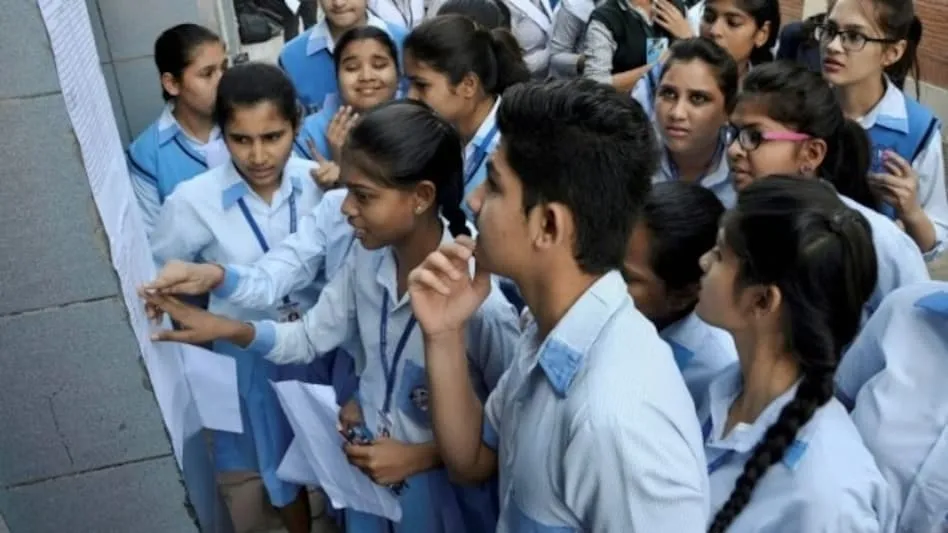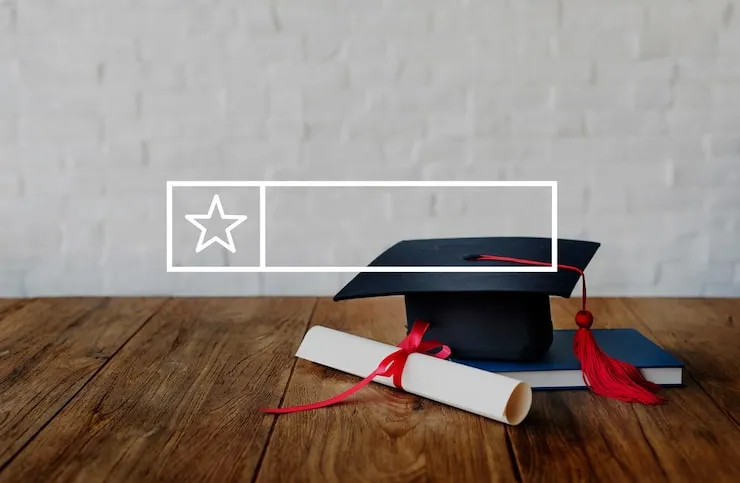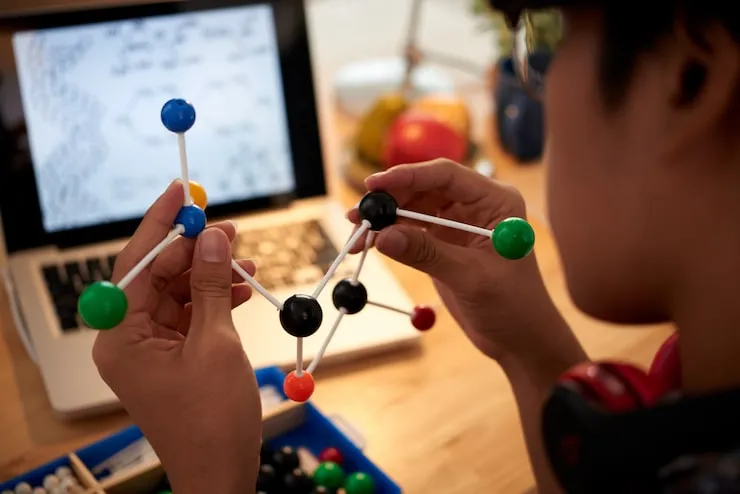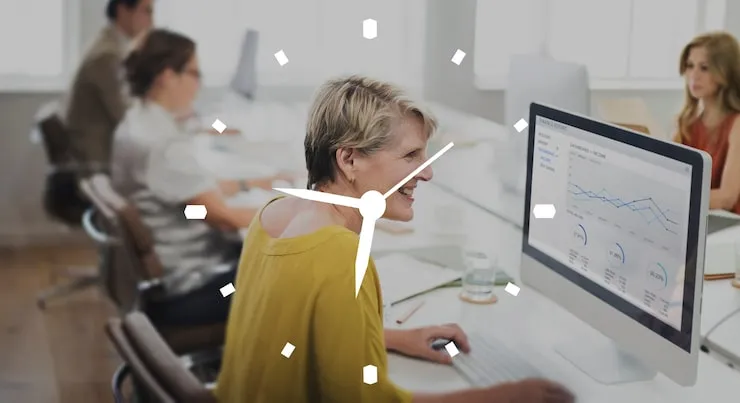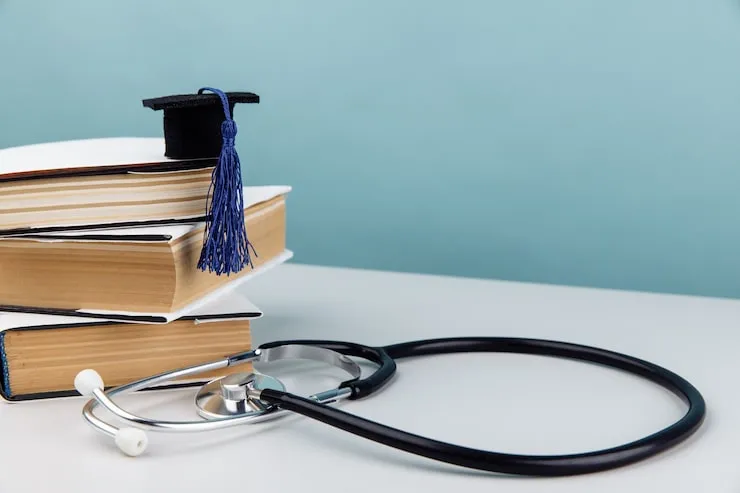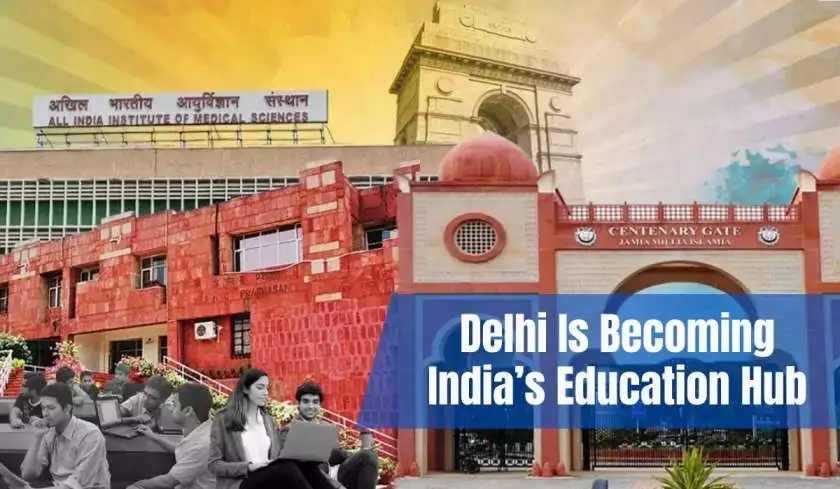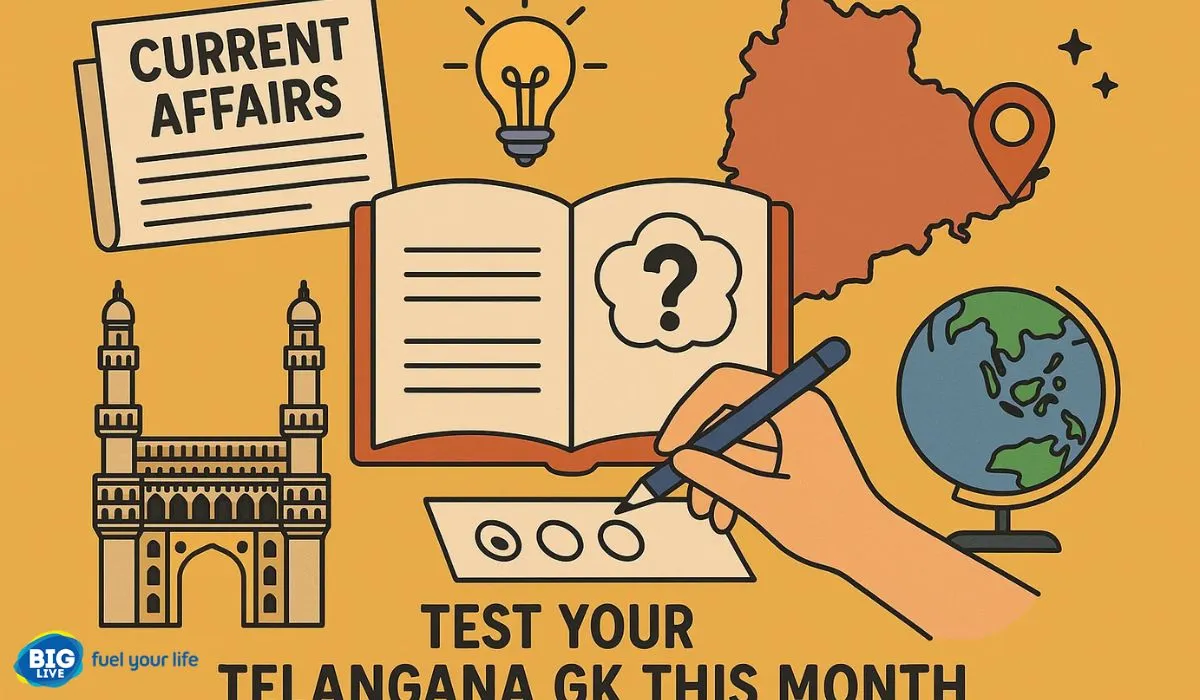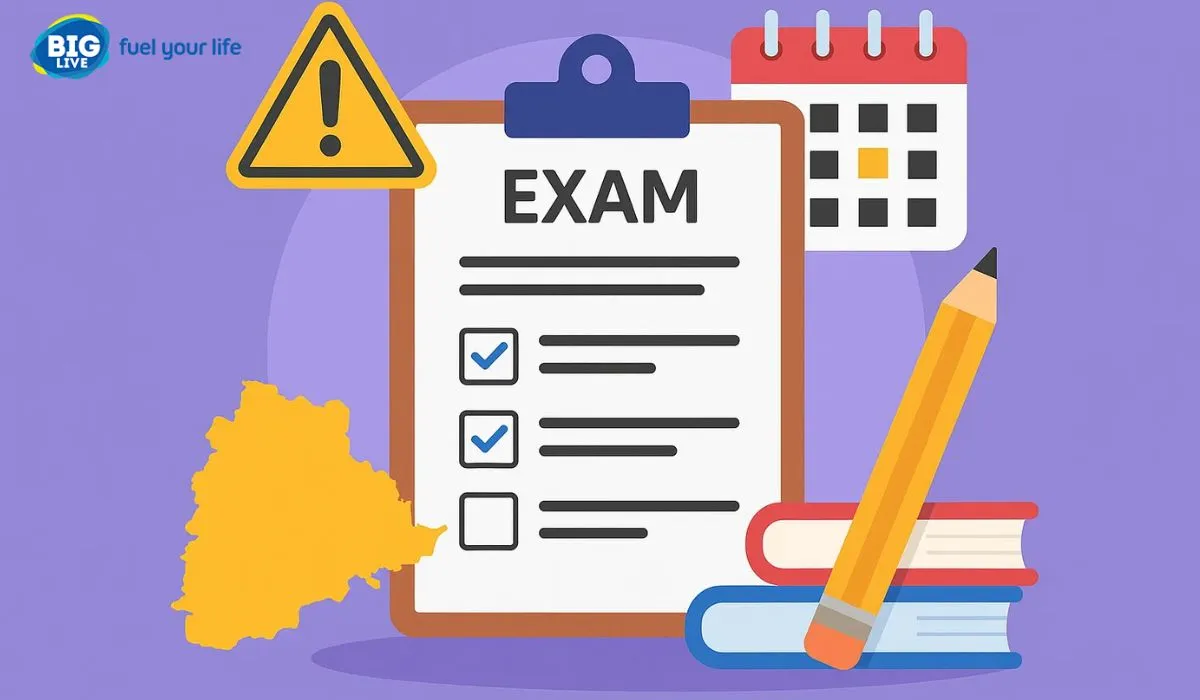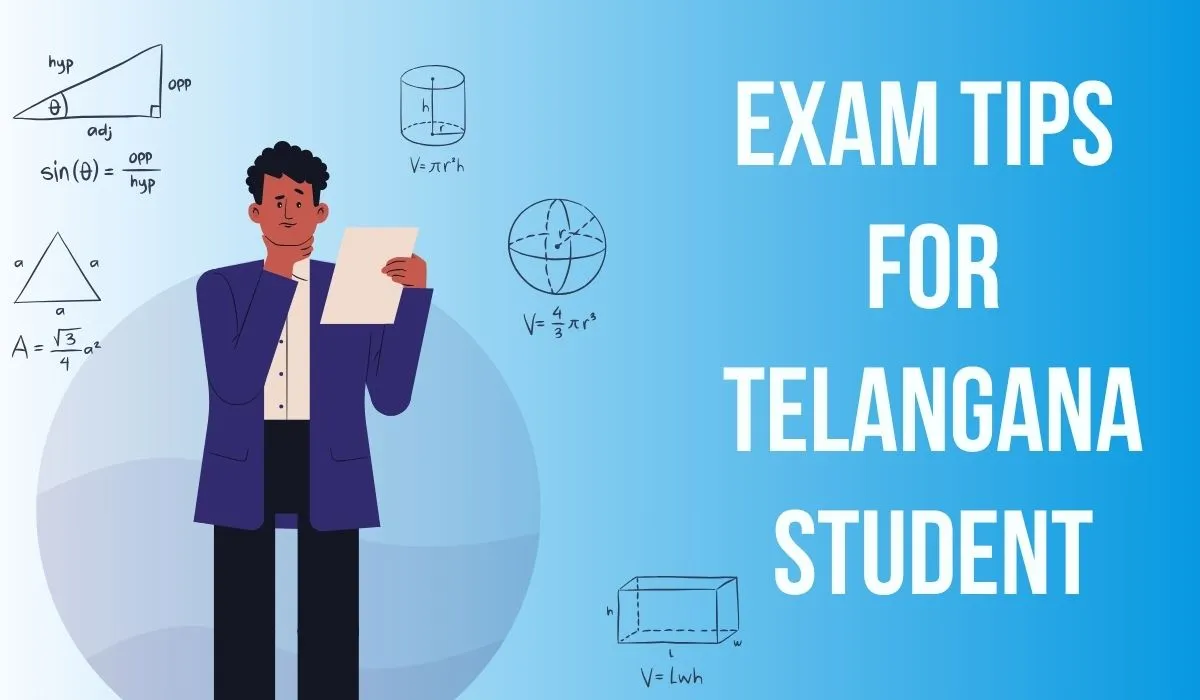Punjab has taken many steps in improving its school education system in recent years. From better classrooms to smart technology, the state has made visible changes. Teachers are better trained. Students now have access to better learning material. But even with progress, problems remain. Some children still struggle. Some schools still lack basic needs. The journey is still going on.
A New Beginning
A few years ago, Punjab’s government schools were in poor condition. Many classrooms had broken furniture. Toilets were dirty or missing. There were not enough teachers. Students, especially in villages, had no hope in government schools. Most families chose private schools, even when it was hard to afford.
Things started to change after 2018. The state government launched new education reforms. These included the “Smart School Project,” where schools got computers, LED screens, digital content, and clean classrooms. By 2023, Punjab had over 8,600 smart schools, according to official data from the School Education Department.
This change made government schools attractive again. Students who had left for private schools started coming back. A report in The Indian Express (May 2023) said that in just two years, more than 4 lakh students rejoined government schools.
Focus on Teachers
One of the key reasons behind Punjab’s education improvement is teacher training. The government invested in helping teachers learn new methods. They were trained in soft skills, digital tools, and better classroom practices.
Many teachers were also sent to countries like Singapore and Finland to learn modern teaching models. “It was life-changing,” said Harpreet Kaur, a government school teacher in Patiala. “I used to just focus on textbooks. Now I try to make students think and ask questions.”
Better training meant better teaching. And better teaching brought better results.
In 2022, Punjab ranked first in the national Performance Grading Index (PGI) for school education, as published by the Ministry of Education. It scored high in learning outcomes, equity, and governance.
Free Uniforms, Books, and Midday Meals
To support poor students, Punjab provides free school uniforms, textbooks, and notebooks. Midday meals are also served every day to students up to Class 8. This helps families save money and keeps children in school.
In rural areas, where many parents are daily wage workers, this support matters a lot. “At least I know my child eats one full meal a day,” said Gurmeet Singh, a farm worker in Sangrur.
English Medium Option
Another major change has been the introduction of English medium sections in many government schools. Parents wanted their children to learn English so they can compete with private school students. In 2021, Punjab started English medium wings in selected schools.
This move was popular, but not without issues. Many teachers were not trained in English. Some schools lacked proper English books. Still, the effort gave students a chance to dream big.
Digital Push
When the COVID-19 pandemic hit, schools across the country shut down. But Punjab tried to keep learning going through digital means. WhatsApp groups, television lessons, and recorded videos were shared with students. Teachers even visited homes to check on children without access to phones.
Later, many schools got smart TVs and tablets. Punjab also launched “iScuela Learn” – a learning app with lessons in Punjabi, Hindi, and English. As per the Education Department, more than 40 lakh students have accessed the app so far.
Dropout Problem
While the progress is real, problems still exist. One major issue is dropouts in higher classes. Many students, especially girls, stop going to school after Class 8 or Class 10. Some do so due to poverty. Others leave because their schools don’t offer higher classes or are too far from home.
According to Unified District Information System for Education Plus (UDISE+) 2022-23, the dropout rate in Class 9–10 in Punjab was 16.3%. This means out of every 100 students, nearly 16 leave before finishing Class 10.
This is worrying. Many of these dropouts end up doing low-paying jobs. Some girls are forced into early marriage. Education experts say the state needs to open more senior secondary schools in rural areas and provide bicycles or transport for girls.
Private vs Public
Another challenge is the rising gap between private and government schools. While public schools have improved, private schools still dominate in cities. Many parents feel that private schools offer better English, more activities, and a cleaner environment.
Also, government schools sometimes face teacher shortages. According to a Times of India report in April 2024, there were over 5,000 vacant teaching posts in Punjab’s schools. This affects learning in many areas.
Experts suggest filling these vacancies quickly and giving more power to school heads to manage resources.
Vocational and Skill Education
Punjab has also tried to promote skill-based education. In many senior secondary schools, students can now choose vocational subjects like agriculture, retail, IT, and health care.
This helps those who do not want to go for regular college education. “I want to open my own salon,” said Simran, a Class 12 student from Ludhiana, who is learning beauty and wellness at her government school.
The National Education Policy (NEP) 2020 also supports such multi-skill education. Punjab is slowly trying to align with this vision.
Hope for the Future
Despite its problems, Punjab’s school education system is on a better path. The government, teachers, and parents are more involved than before. There is a sense of purpose. Schools are not just buildings now – they are spaces of growth, care, and dreams.
What the state needs now is to go deeper. Digital boards are good, but personal attention matters more. English medium is great, but teachers must be trained. School meals help, but emotional support is needed too.
There’s no doubt Punjab has made progress. But there’s more work to do to make education fair, modern, and strong for every child – whether in a city or a small village.



